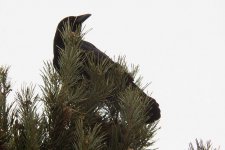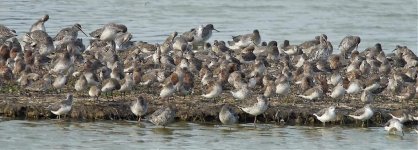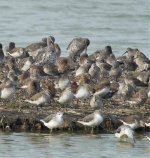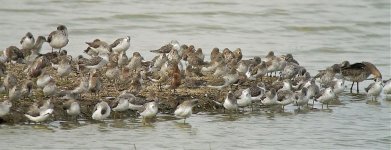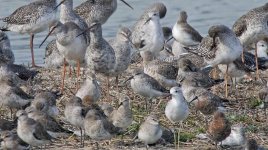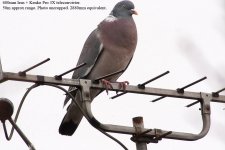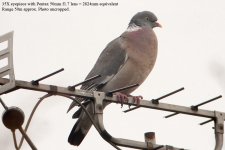mikenott
Flawed but improving!

I was wondering if anybody is able to either post images or put a hyerlink to a site that illustrates what typical image sizes you see with (say) a 20x , 30x, 40x digiscoped image versus (say) a 300, 400, 600, 800(?) digital SLR lens?
I realise there are more variables (such as optical zoom on point and shoot digital cameras), and that this question may have been asked before, but I can't find them and I am unable to find somewhere to test this out myself.
Michael
I realise there are more variables (such as optical zoom on point and shoot digital cameras), and that this question may have been asked before, but I can't find them and I am unable to find somewhere to test this out myself.
Michael





